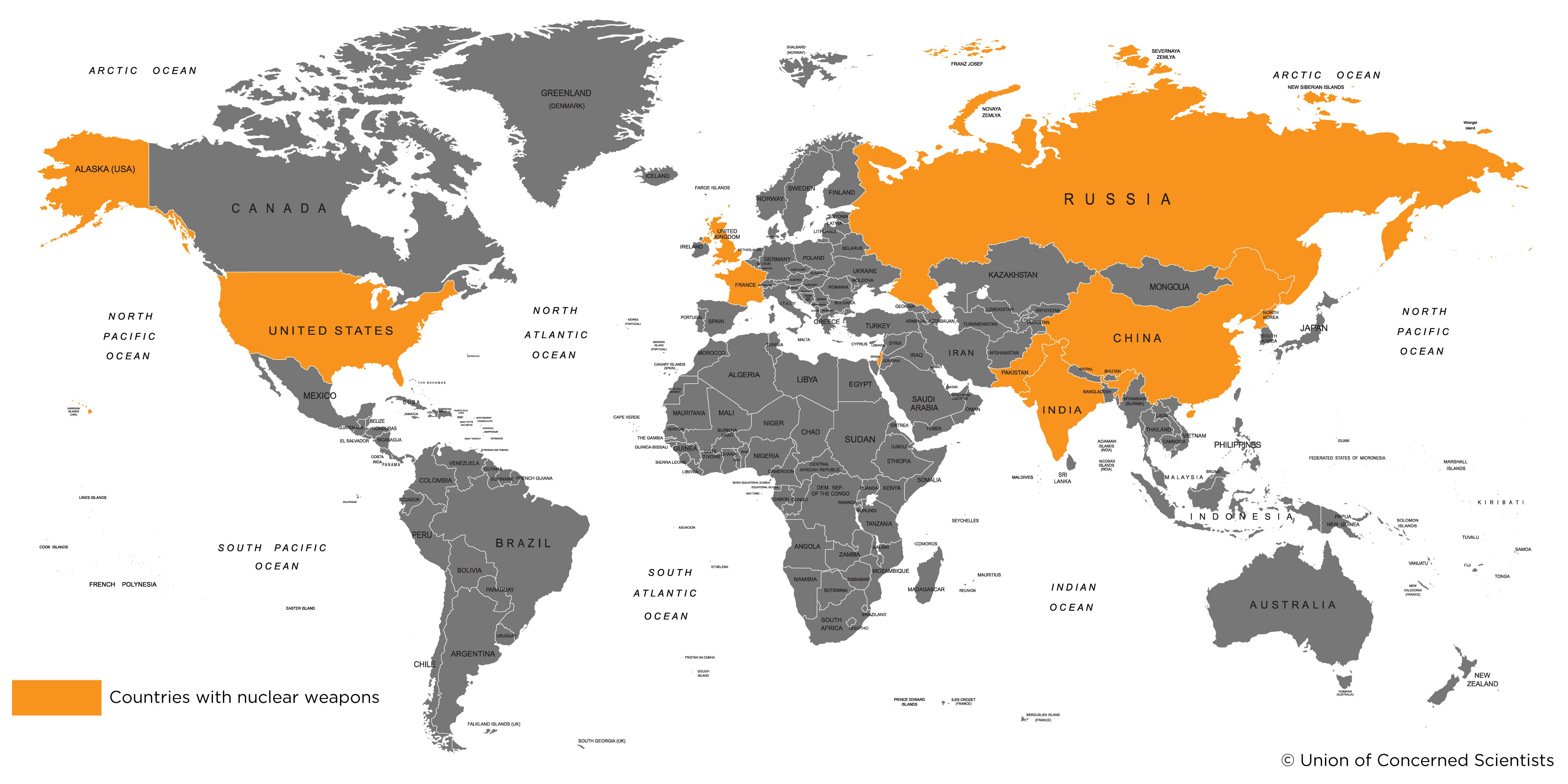

Todd Smith, Ontario minister of energy, said that OPG “has taken the time and a lot of work to ensure that it selected the technology that best fits the unique characteristics of the Darlington site” and deliver Canada’s first commercial grid-scale SMR before the end of this decade. Hartwick said that nuclear power will help OPG achieve its net-zero carbon emissions goal as a company by 2040 “and act as a catalyst for efficient economy-wide decarbonization by 2050.” “By moving forward, with our industry-leading technology partner GE Hitachi, on deployment of innovative technology for an SMR at Darlington, OPG is paving the way on the development and deployment of the next generation of nuclear power in Canada and beyond,” said Ken Hartwick, president and CEO of OPG. Ontario Power Generation (OPG), the largest power supplier in Ontario, selected GE Hitachi to build the first SMR at Darlington, the only site in Canada currently licensed for a new nuclear reactor. “We're excited to move forward with GE Hitachi and develop something here that all of us can be proud of and perhaps showcase to the rest of the world on how a new nuclear project can be done really well,” Hartwick said during a press conference. Last week, the province of Ontario selected GE Hitachi Nuclear Energy to build a grid-scale SMR and bring it online by the end of the decade. But it also plans to add to the mix a powerful new source: small modular reactors, or SMRs, which can be deployed faster than conventional ones and at a lower cost per unit of output.

Like others, it has been boosting renewables. But what makes Canada unique is how it wants to achieve that goal. Read the Small Modular Reactor Roadmap report (PDF, 7.7MB).Like many countries, Canada has pledged to reduce its net carbon emissions to zero by 2050. The Roadmap marked the beginning of Canada's plan to lead the world in this game changing technology. The Action Plan builds on the momentum of Canada's SMR Roadmap, which convened Team Canada to chart a vision for this emerging area of nuclear innovation. Collectively, these chapters demonstrate the breadth of engagement on SMRs across the country and outline the depth of progress and ongoing efforts. The Action Plan is the result of a pan-Canadian effort bringing together key enablers from across Canada, which we call “Team Canada” – the federal government, provinces and territories, Indigenous Peoples and communities, power utilities, industry, innovators, laboratories, academia, and civil society.Įach of these key enablers has contributed a chapter to the Action Plan, describing a concrete set of actions they are taking to seize the SMR opportunity for Canada.

Canada’s SMR Action Plan brings together essential enabling partners, leveraging their strengths to lock-in these benefits and lead the world on SMRs. SMRs are a promising new technology that could unlock a range of benefits: economic, geopolitical, social, and environmental. Learn more and get involved: SMRActionPlan.ca About the Action PlanĬanada's Small Modular Reactor (SMR) Action Plan is Canada's plan for the development, demonstration and deployment of SMRs for multiple applications at home and abroad. Now, Canada’s SMR Action Plan brings together over 100 partners from across the country to turn our SMR Roadmap into reality In 2018, a pan-Canadian team developed a path for success through Canada’s SMR Roadmap. They're factory constructed, meaning lower up-front costs, easier assembly, and more flexible applications on- and off-grid. SMRs produce reliable carbon-free electricity 24-7.

And help reach net-zero emissions by 2050. Small Modular Reactors (SMRs) are an emerging non-emitting energy technology CANADA’S SMALL MODULAR REACTOR ACTION PLAN VIDEO SCRIPT


 0 kommentar(er)
0 kommentar(er)
